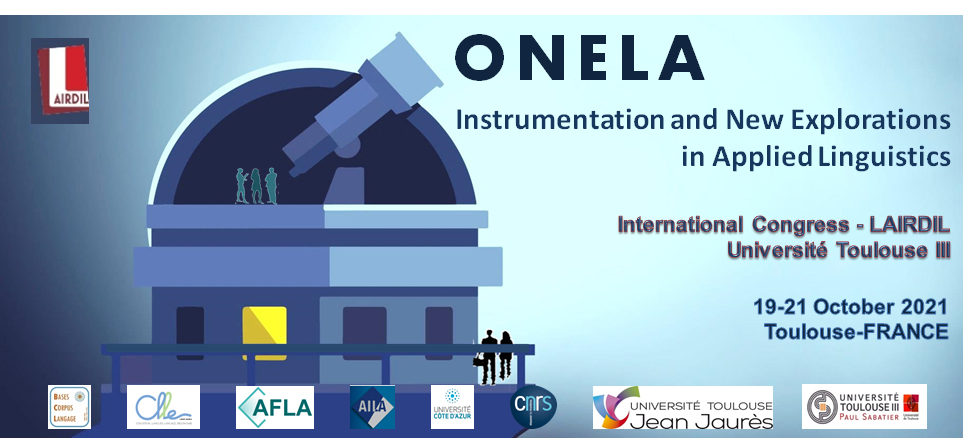Over the last decades, researchers in second-language (L2) acquisition have shown a growing interest for multimodality. However, little is known about the impact of gestures on the acquisition of segmental and suprasegmental in L2. Some recent studies have demonstrated that hand gestures such as beating gestures ((Mc Neil, 1992, Gluhareva & Prieto, 2017) or iconic gestures ((Mc Neil, 1992, Connell et al. 2013; Morett and Chang, 2015; Yuan et al, 2019) could significantly improve the production and the perception of prosodic contrasts in L2. We aim at studying the impact of corrective gestures on the acquisition of L2 pronunciation not only for suprasegmental but also for segmental through the use of a custom pronunciation training platform. One beating and five iconic gestures were selected both from the literature and from the analysis of video recordings of teachers during phonetic training sessions. An avatar representing a virtual teacher has been implemented in an existing computer-assisted language learning platform (Fontan & Le Coz, 2017) in order to test the impact of the gestures on the phonetic production skills of learners of French and to control for teachers' variability. In the current version of the CALL platform, the learner can practice his/her pronunciation in autonomy as the program provides some feedback and associates corrective information (feedforward); this feedforward consists in the repetition of the original audio stimuli with an emphasis on the sound(s) that were mispronounced by the learner. The objective of the present study is to investigate whether adding visual relevant gestures to the audio feedforward will be associated with a significant improvement of the production skills of the learners. We set up a pre-test / post-test protocol with a control condition (1) and a test condition (2). We also decided to add another condition to test the relevance of the selected gestures (3). The participants were thus divided into three groups: (1) A control group that received audio feedforward, (2) A first test group that received audio + congruent gestural feedforward, (3) A second test group that received audio + non-congruent gestural feedforward. 49 Japanese learners of French, all beginners, participated in the training sessions consisting in repeating speech items (words and short sentences) in May 2021. We then compared the differences between the first and second repetition for each stimulus.
Gluhareva, D., & Prieto, P. (2017). Training with rhythmic beat gestures benefits L2 pronunciation in discourse-demanding situations. Language Teaching Research, 21(5), 609-631.
Fontan, L., & Le Coz, M. (2017). Correction automatique d'erreurs de prononciation en L2: démonstration d'outils logiciels pour les apprenants japonais de FLE. In Congres CAP.
McNeill, D. (1992). Hand and mind: what gestures reveal about thought / David McNeill. Chicago London: University of Chicago Press.
Morett, L. M., & Chang, L. Y. (2015). Emphasising sound and meaning: Pitch gestures enhance Mandarin lexical tone acquisition. Language, Cognition and Neuroscience, 30, 347–353.
Yuan, C., González-Fuente, S., Baills, F., & Prieto, P. (2019). Observing pitch gestures favors the learning of Spanish intonation by Mandarin speakers. Studies in Second Language Acquisition, 41(1), 5-32.
- Poster

 PDF version
PDF version

